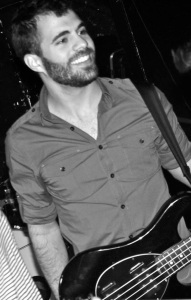I-Love-Q Probes of Modied Gravity
By Toral Gupta, Barun Majumder, Kent Yagi, and Nicolás Yunes
Although General Relativity has passed all tests carried out so far with flying colors, probes of the extreme gravity regime, where the gravitational interaction is simultaneously strong, non-linear and highly dynamical, have only recently began. This is timely because attempts to reconcile general relativity with quantum mechanics, be it in the form of string theory or loop quantum gravity, and attempts to explain cosmological observations, be it in the early or late universe, may require modifications to Einstein’s general theory. New electromagnetic telescopes, like the Neutron Star Interior Composition Explorer, and gravitational wave detectors, like advanced LIGO and Virgo, can now provide the first detailed observations of the extreme gravity regime. These new telescopes herald the era of extreme experimental relativity, allowing for new stringent constraints of deviations from Einstein’s theory, or perhaps, if we are lucky, pointing to signals of departures.














You must be logged in to post a comment.